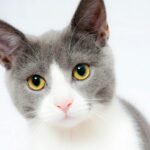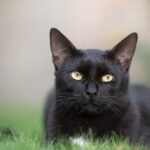When you scroll through social media or visit a pet store, certain cat breeds capture your attention immediately. The Persian’s luxurious coat, the Scottish Fold’s adorable ears, the Sphynx’s unique hairless appearance. These breeds often seem like the perfect choice for your next furry family member.
Yet behind the scenes, veterinarians witness a different story. While they’ll never openly discourage your breed preference, many vets privately worry about the genetic health challenges facing certain popular breeds. These concerns aren’t about judging your choices, but rather about understanding the lifelong medical care these beautiful cats may require. Let’s explore the breeds that keep veterinarians up at night, not because they’re bad cats, but because selective breeding has created some serious health hurdles.
Persian Cats
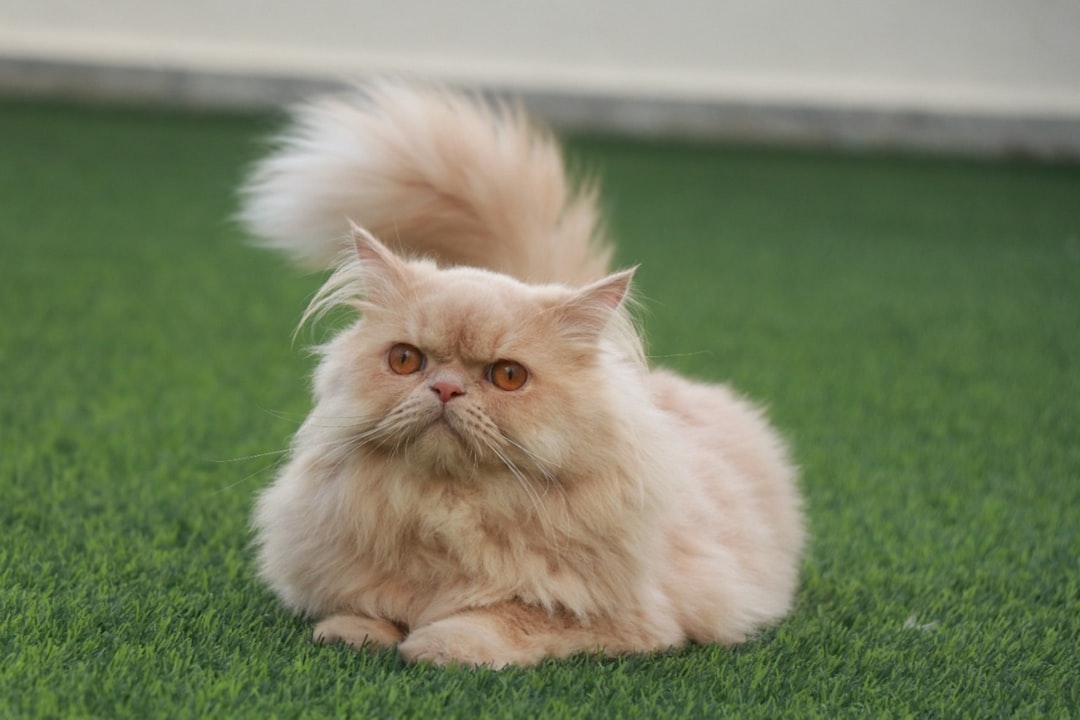
Persian cats top the list of breeds that make veterinarians cringe when they walk through the clinic door. That adorable flat face, medically known as brachycephalic features, creates a cascade of breathing problems that plague these cats throughout their lives. Persian cats’ flat faces make breathing extremely difficult, and they are prone to dental disease and runny eyes.
Studies have shown that a significant percentage of Persians have recorded health disorders due to their brachycephalic features. These aren’t minor issues either. Persian cats frequently suffer from blocked tear ducts, leading to constant eye staining and potential infections. Their shortened airways make them vulnerable to overheating and respiratory distress during even mild exercise.
Scottish Fold Cats
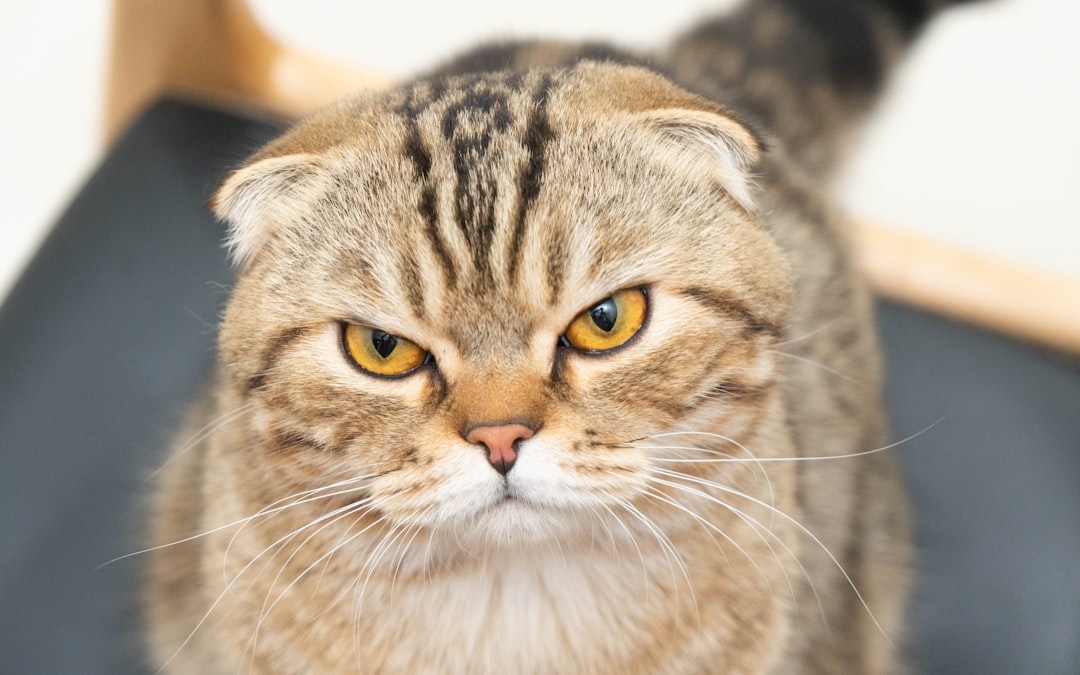
The Scottish Fold’s signature folded ears might melt your heart, but they represent one of the most concerning genetic mutations in the cat world. The gene that results in the Scottish fold’s distinctive folded ears also causes degenerative joint disease, which results in painful, crippling arthritis. All Scottish fold cats are affected by this. This isn’t a possibility, it’s a guarantee.
The welfare impacts of Scottish Fold Osteochondrodysplasia can be severe in terms of pain and inability to perform natural behaviours, as these cats can be lame, walk with an abnormal gait, can be reluctant to engage in normal movements such as walking or jumping, and can even become completely crippled. Many countries are actually considering banning the breeding of Scottish Folds due to these inevitable welfare concerns.
Munchkin Cats
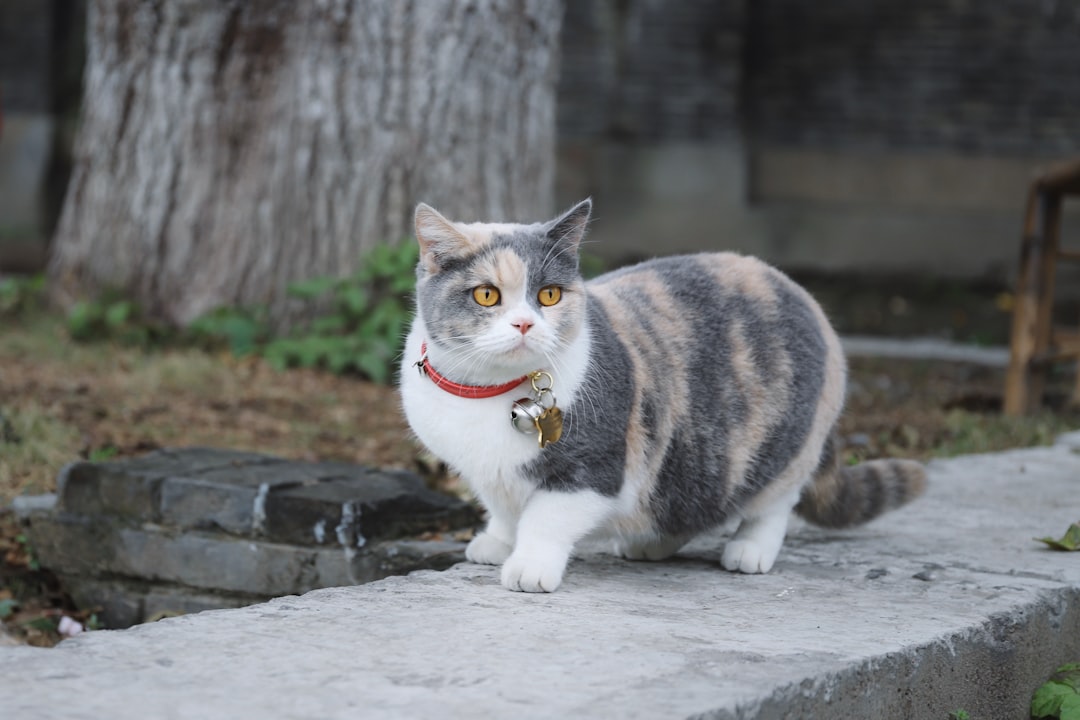
Munchkin cats, with their adorably short legs, might seem like living teddy bears, but their dwarfism comes with serious health implications. Some animal welfare advocates consider the practice of breeding animals for exaggerated physical characteristics to be inhumane, especially when those characteristics can cause health problems, which is the case with Munchkin cats.
These cats face increased risks of spinal lordosis, which causes painful back curvature. The deformity has an increased risk of Spinal Lordosis, Pectus Excavatum, Flat Chested Syndrome, Hip Dysplasia, Elbow Dysplasia and severe joint malformation, arthritis as a result of uneven weight distribution on the carpus from the curvature of the ulna and radius, and mandible injuries from jumping off high surfaces with insufficient reach in the forelimbs
Sphynx Cats
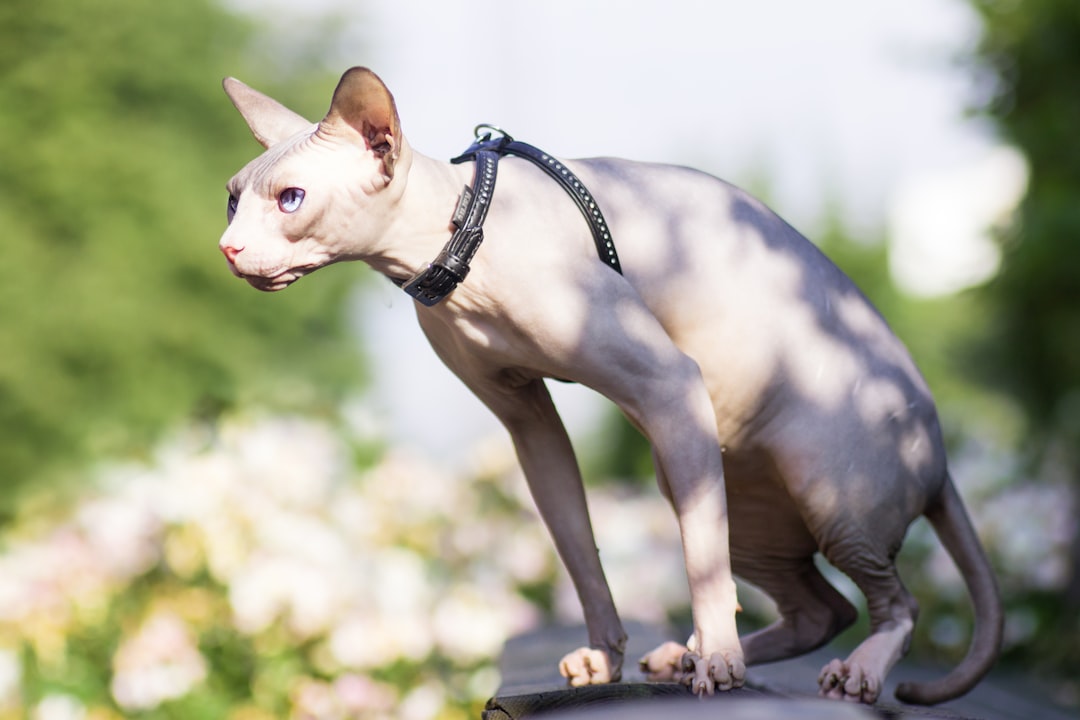
The Sphynx cat’s hairless appearance makes them stand out in any crowd, but their lack of fur creates unique challenges that many owners don’t anticipate. Sphynx cats, bred to be hairless, often suffer from chronic ear and skin problems and the inability to stay warm because the fur that they lack was intended to protect their ears and skin and to help regulate body temperature.
Without their natural fur protection, these cats become vulnerable to sunburn, skin cancer, and temperature regulation issues. The lack of fur makes these cats prone to skin irritations, skin cancer, and sunburn. They require special skincare routines, climate-controlled environments, and constant vigilance from their owners to prevent serious health complications.
Maine Coon Cats
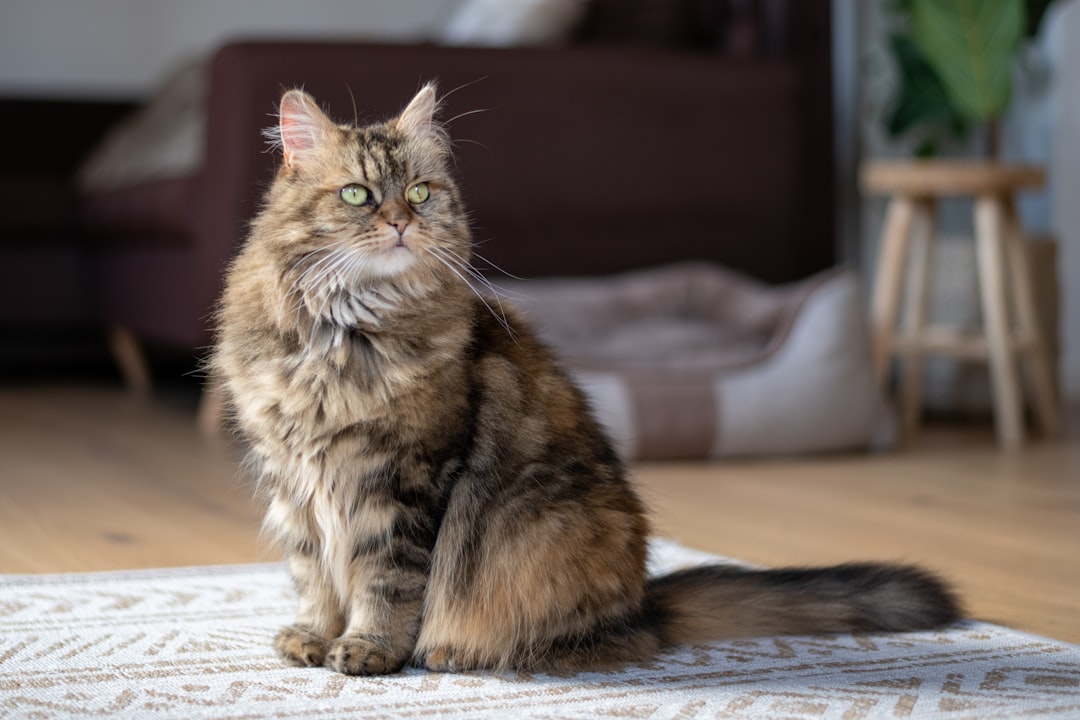
Maine Coons, despite their robust appearance and friendly nature, carry a hidden health burden that veterinarians know all too well. Maine coon cats – Hypertrophic cardiomyopathy (HCM) is a common heart disease in this breed that can lead to heart failure. This genetic heart condition affects a significant portion of the breed population.
Maine Coons are prone to hypertrophic cardiomyopathy (HCM), a genetic heart condition that causes thickening of the heart muscles, impacting circulation. Symptoms may include lethargy, rapid breathing, and loss of appetite. The challenge with this condition is that cats often show no symptoms until the disease has progressed significantly, making early detection crucial but difficult.
Exotic Shorthair Cats
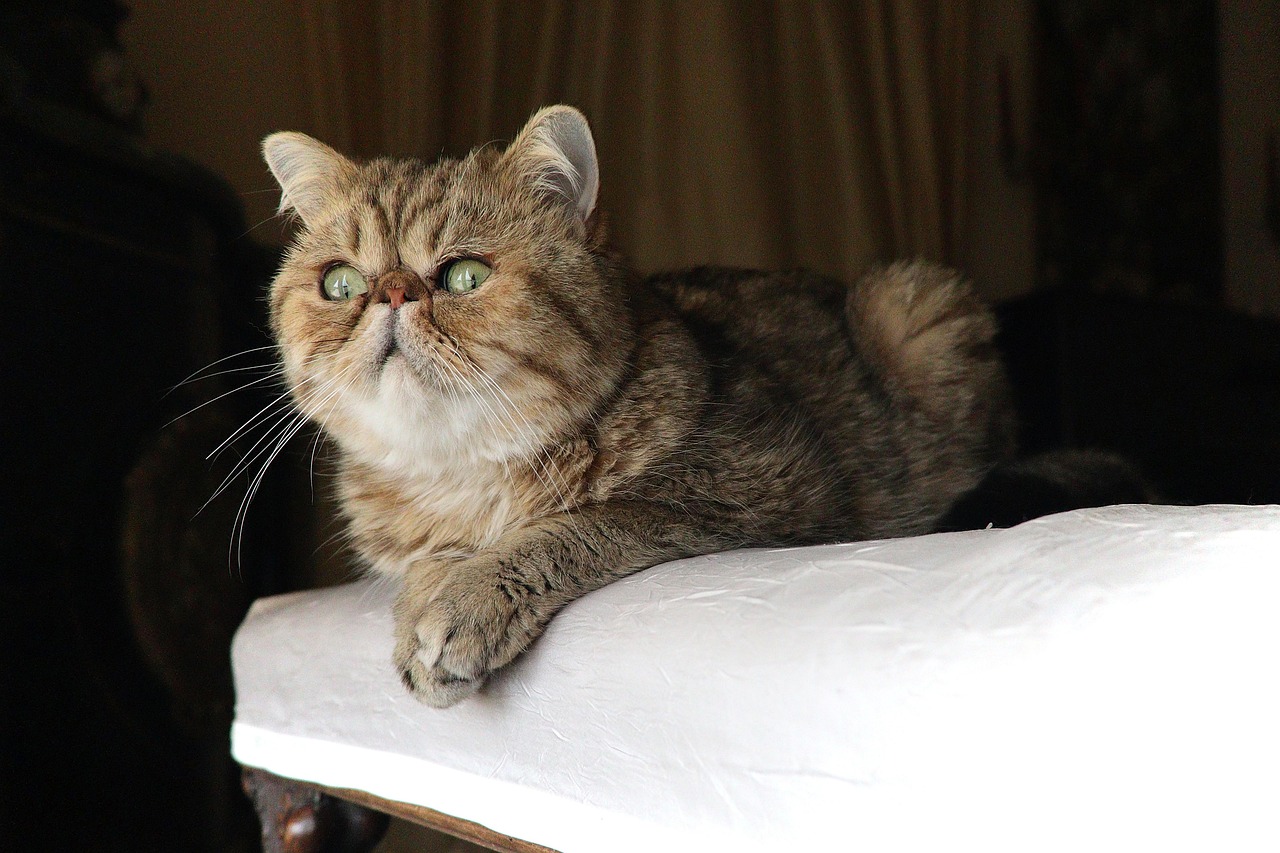
Exotic Shorthairs were essentially created to be short-haired Persians, which means they inherited many of the same health problems without the grooming challenges. They suffer from many of the same health problems as Persians, but their coats differ. Exotic shorthairs are among the most popular purebred cats in America, so their suffering is widespread.
While American Shorthair cat insurance is also important, a significant percentage of Exotic Shorthair cats are affected by polycystic kidney disease. Combined with their brachycephalic features causing breathing difficulties and eye problems, these cats often require extensive veterinary care throughout their lives.
Siamese Cats

Siamese cats, with their striking blue eyes and vocal personalities, carry a surprisingly heavy genetic burden. Unfortunately they are also prone to some truly nasty health conditions including lymphoma and intestinal cancers, asthma, progressive retinal atrophy, and amyloidosis (a condition where a misfolded protein is accumulates and damages tissues), and Niemann-Pick disease.
They are more likely than other breeds to develop compulsive behaviors, such as overgrooming or wool sucking. Vets link these actions to stress, boredom, or genetic factors. The combination of physical health issues and behavioral problems makes Siamese cats particularly challenging for both owners and veterinarians to manage effectively.
Ragdoll Cats

Ragdolls might seem like gentle giants, but their breeding history has concentrated some serious genetic health risks. Hypertrophic Cardiomyopathy (HCM): A substantial percentage of Ragdolls are estimated to carry the genes for this condition causing thickening of the heart walls, leading to heart failure. This staggeringly high percentage makes heart disease almost inevitable in the breed population.
Sadly, Ragdolls are prone to kidney disease – the fourth most-common illness in felines and the second most-expensive condition to treat, costing an average of $649 per year. When combined with their predisposition to bladder stones and other urinary issues, Ragdoll owners often face substantial veterinary bills throughout their cat’s lifetime.
Bengal Cats
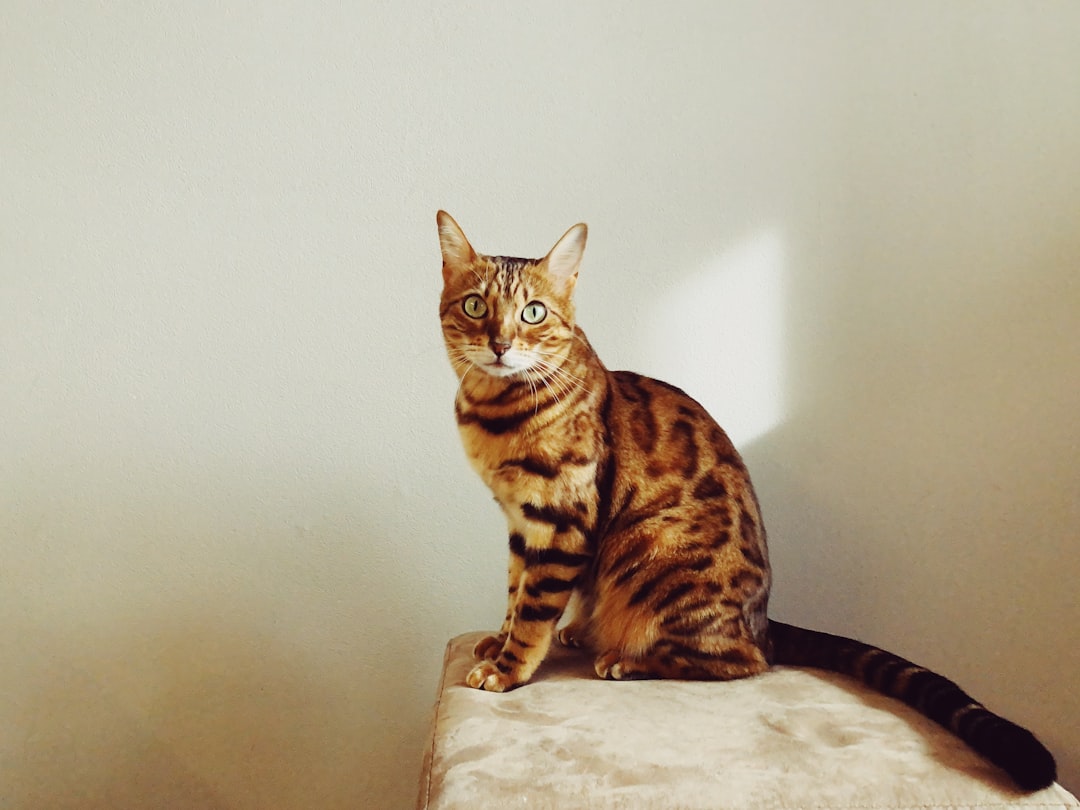
Bengal cats captivate owners with their wild appearance and energetic personalities, but their hybrid heritage brings unique health challenges. Bengal cats are prone to heart disease, bladder stones, and kidney disease, yet breeders keep producing and exploiting them for profit. Their high activity level can also lead to more frequent injuries and foreign body ingestions.
These highly active felines might face a greater likelihood of eye issues, including progressive retinal atrophy and cataracts. These eye conditions can be treated with daily eye drops or other methods, but in some cases, surgery might be necessary. The combination of genetic predispositions and their active lifestyle creates a perfect storm for expensive veterinary interventions.
British Shorthair Cats

British Shorthairs, despite their reputation as sturdy, healthy cats, carry hidden genetic time bombs that concern veterinarians. Unfortunately, the British Shorthair tends to develop it more commonly, alongside other breeds, such as the Maine Coon, Ragdoll, Sphynx, and Persian cats. Hypertrophic cardiomyopathy affects this breed with concerning frequency.
Though not common, hemophilia B is a hereditary bleeding disorder that has been reported in the British Shorthair. Essentially, this disorder means the cat has a lack of factor IX (a protein that aids in blood clotting), which means they may bleed excessively if injured. Additionally, they’re prone to polycystic kidney disease, making routine health screening essential but expensive.
The Uncomfortable Truth
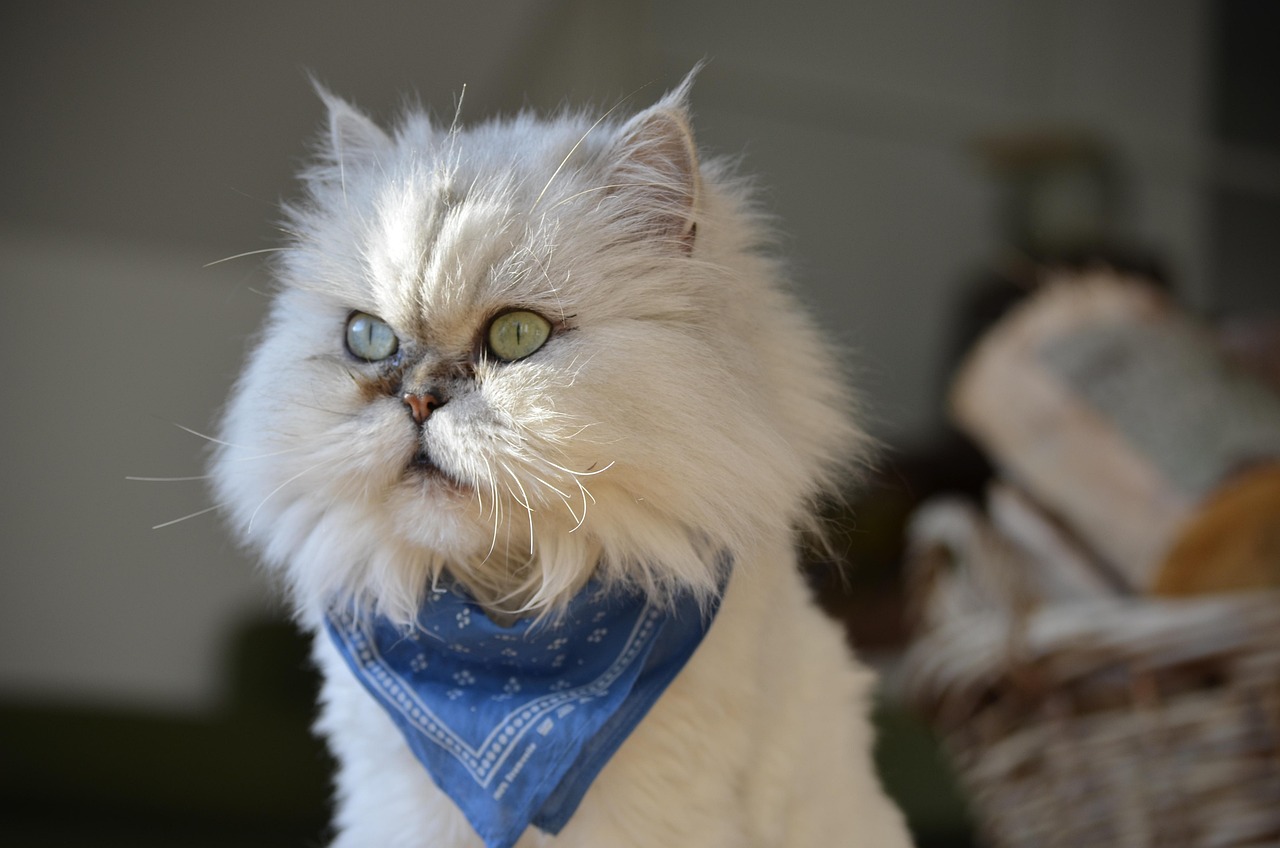
The reality veterinarians face daily is heartbreaking. It’s sad to say it, but purebred cats are just more likely to suffer from genetic health conditions. Those animals were born of a limited gene pool and because of that, they’re more prone to painful health issues. While mixed breed cats certainly aren’t immune to health problems, they typically enjoy better overall health due to genetic diversity.
This doesn’t mean these breeds can’t live happy lives with proper care and regular veterinary monitoring. However, potential owners should understand the commitment they’re making. These cats often require specialized diets, climate-controlled environments, regular cardiac screenings, and sometimes daily medications. The love and companionship they provide can absolutely be worth it, but going in with realistic expectations helps ensure you can provide the level of care these special cats truly deserve.
What do you think about these breeding practices? Should we continue supporting breeds with known health issues, or is it time to prioritize genetic health over appearance?


